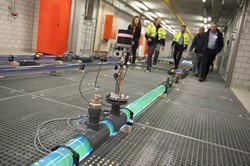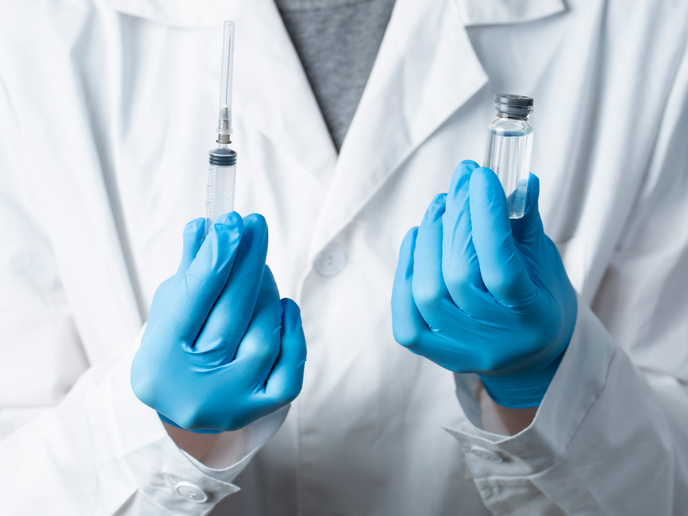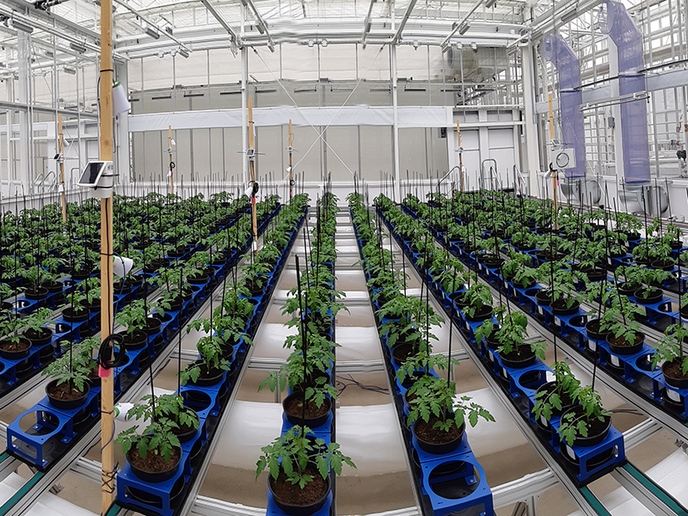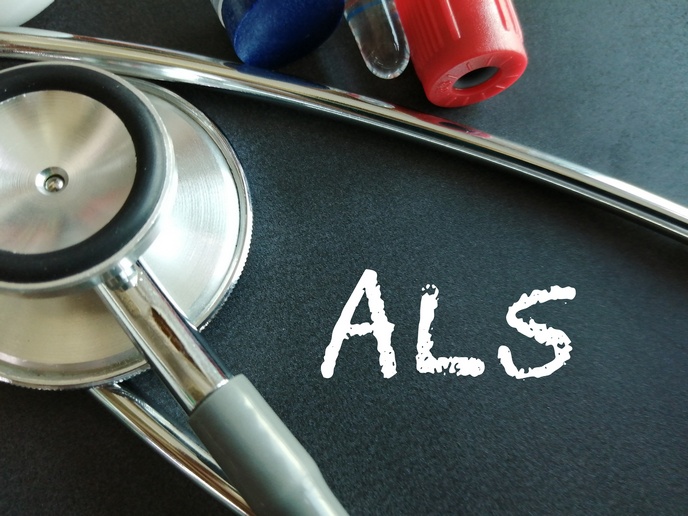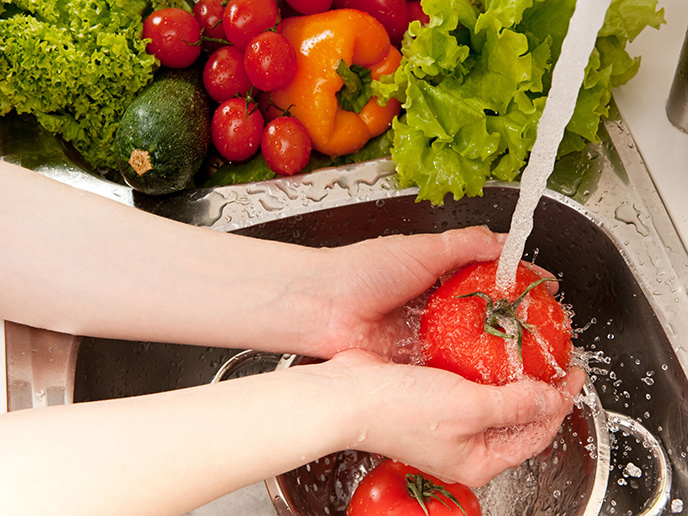An all-round solution to better face water contamination events
The EU can pride itself for the quality of its tap water. But what would happen if a contamination event had to occur? Surely, authorities would need the best possible tools to help them identify, manage and solve the crisis efficiently while avoiding potentially dramatic consequences on public health. But state-of-the-art technology makes them ill-prepared. With this in mind, the SAFEWATER(opens in new window) (Innovative tools for the detection and mitigation of CBRN related contamination events of drinking water) has developed an affordable, generic and all-round solution to enhance real-time response capacity to drinking water security crises. This solution encompasses an event detection system, an event management system, offline and online simulators, as well as chemical, biological and radiological sensors. Anna Ellinge Madar, coordinator of the project, discusses the project’s outcomes, its market potential and future plans for the consortium. What's the added value of SAFEWATER in case of CBRN contamination? SAFEWATER is able to capture and analyse the data collected by sensors and from other information systems used in drinking water networks. It provides a technology platform that will enhance a water utility's ability to rapidly detect a contamination event, analyse its repercussions using real-time online hydraulic and water quality models, mitigate the damage using simulation tools and swift operating procedures, as well as deal more effectively with the event using an advanced decision support system and a comprehensive event management tool. What were the main problems posed by existing tools? Existing tools suffer from a range of serious shortcomings. First, the set of available CBRN sensors which can be used to detect contamination threats to water drinking quality in the distribution system is currently very limited. But there are other problems: Real-time detection and alarm capabilities are insufficient or non-existing. Current limitations of propagation models make the effective assessment of potentially contaminated zones very difficult. Models for response, mitigation and recovery which are running in real-time are almost inexistent. Finally, there is currently no event management system available on the market — especially not one that provides a user interface for decision makers, connects all software components and provides all relevant information in a web-based geographical information system (GIS). Has the solution been tested in real case scenarios yet? The SAFEWATER solution has been tested against several true-to-life use cases, including the contamination of a municipal storage tank, a major water trunk line and a local supply line. We did this while using several families of contaminants such as organic compounds, toxic waste, and radioactive material. Trials and measurements of individual components as well as the entire completed system have been performed in special hydraulic test networks set up in three different water Utilities: Águas do Algarve in Portugal, Hagihon Company in Israel, and Wasserversorgung Zürich in Switzerland. What can you tell us about market reception so far? End users have shown great interest in SAFEWATER, both as a complete system and in its individual applications. Several of these applications are market-ready with commercial discussions well underway, and we even closed some commercial contracts. The event detection system and the simulators have been particularly successful. What are your plans now that the project is completed? Several collaborations between individual partners were established thanks to the project, and will continue after its end. Some of the partners joined a new project proposal submitted in August 2016, with a view to pursuing collaborations. This proposal was unfortunately not successful, but there might be others to come in the near future.



